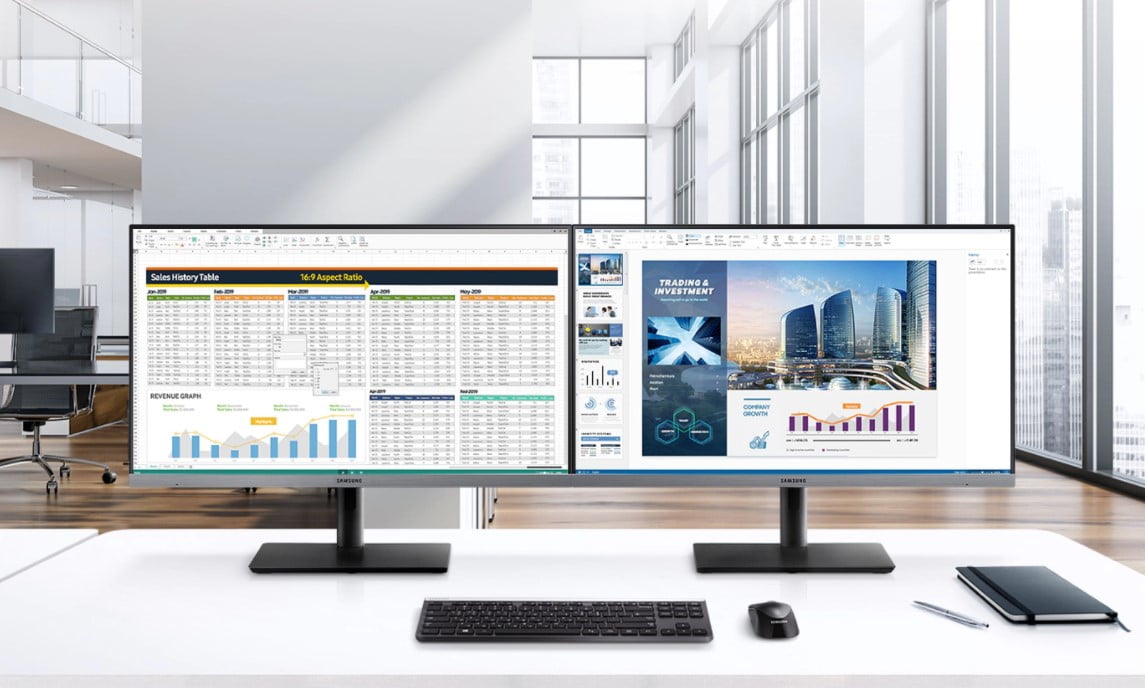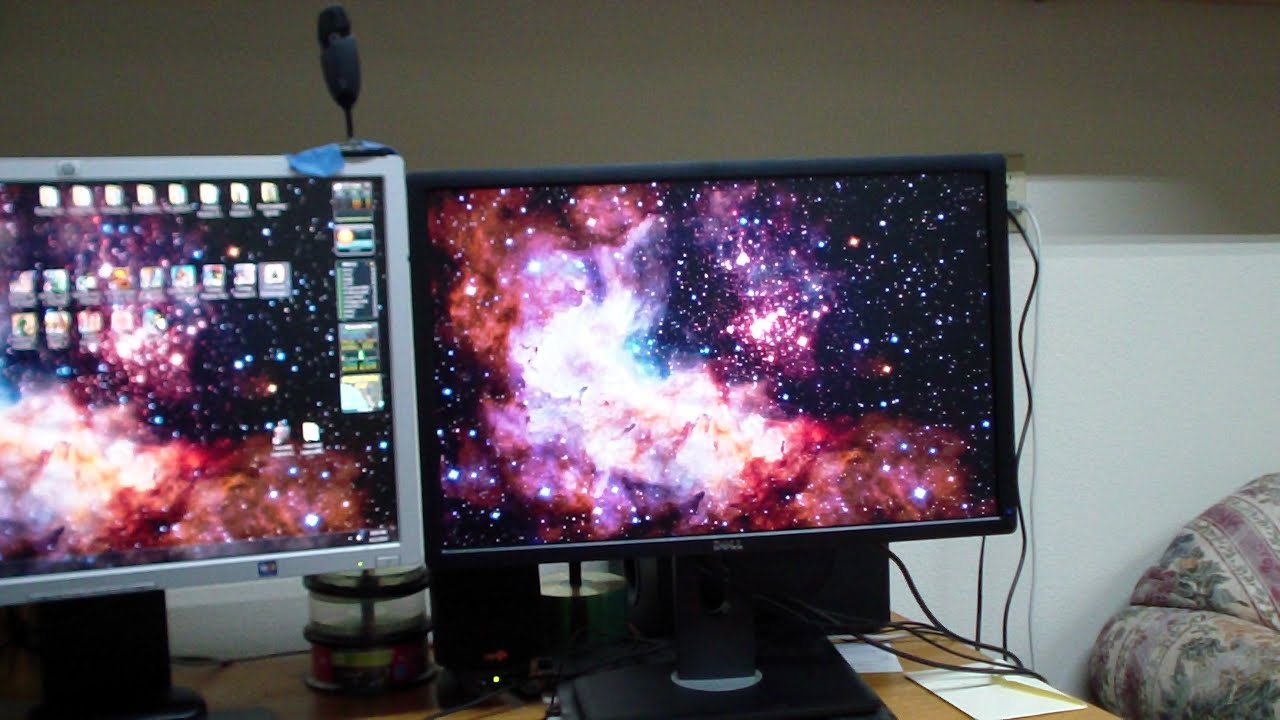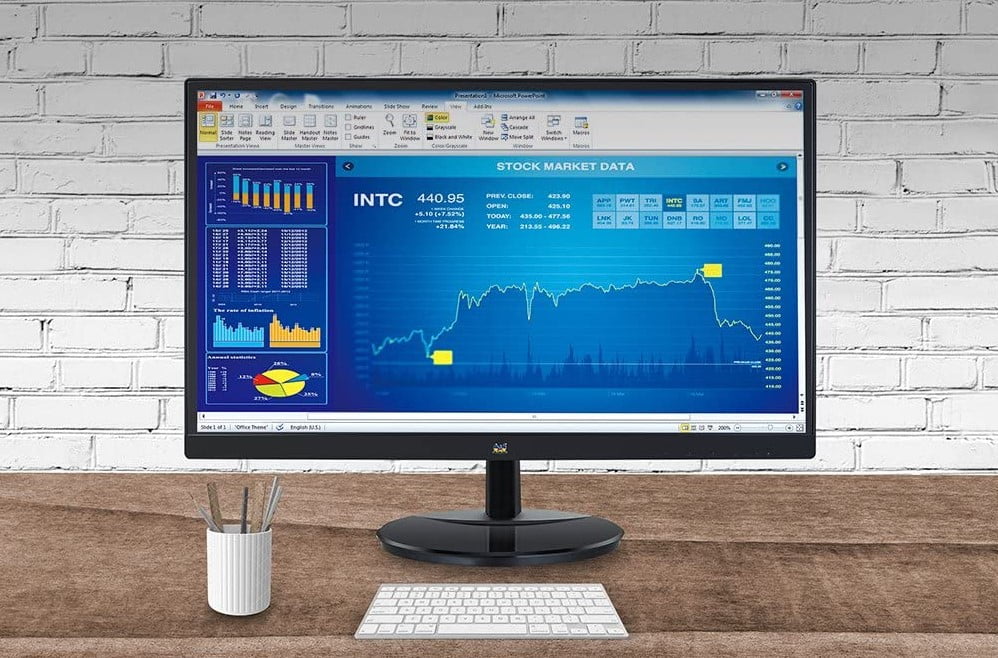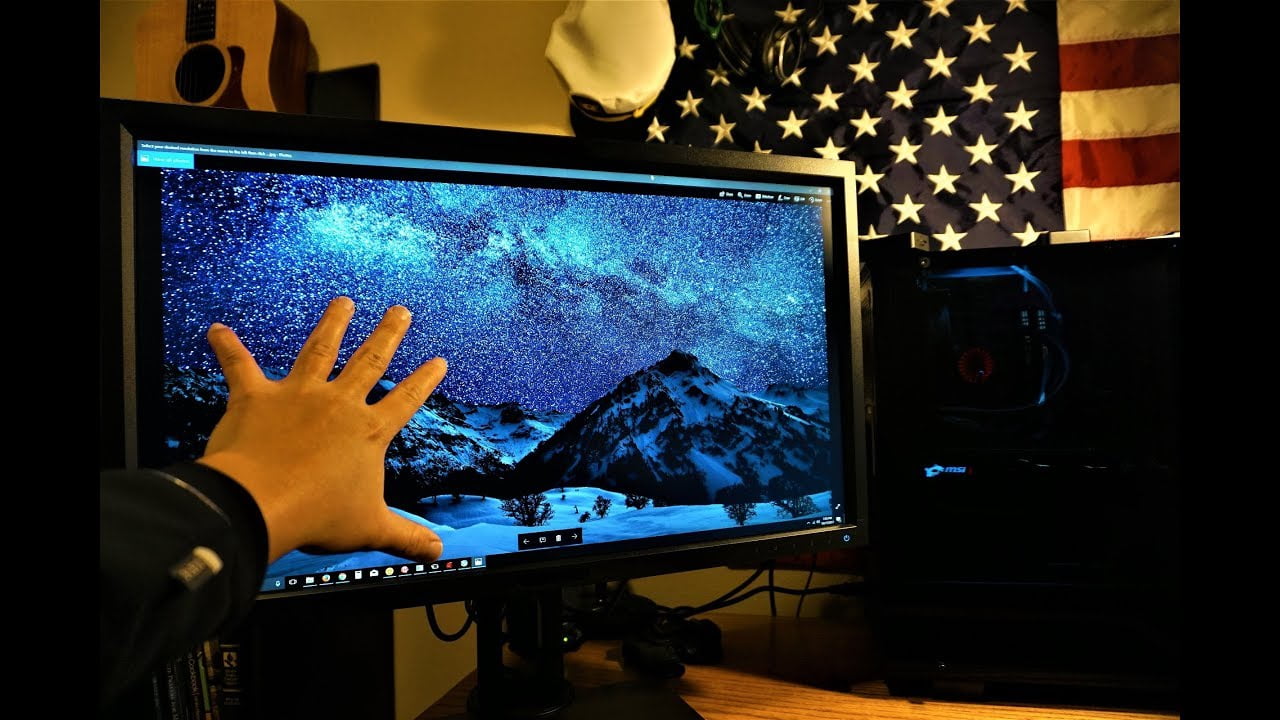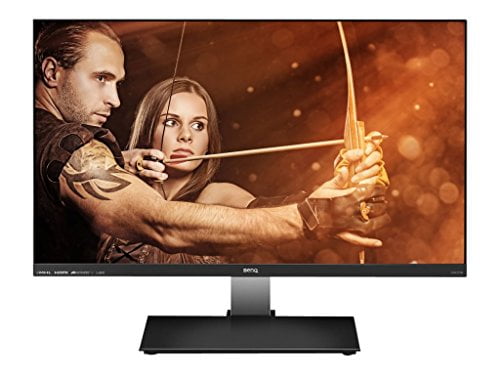What is nits brightness? One nit is the amount of light that spreads over a square meter. Therefore, a “nit” is an alternative way of describing a brightness of 1cd/m2 (candela per square meter). Nits are important because they enable us to look at our mobile phones outdoors. But ideally, “nits brightness” is one element among others that contribute to the quality of a top-tier gaming monitor.
KEY TAKEAWAYS:
- The brightness of a light source is measured by Candela (cd/m2) and nit.
- Most consumers do not necessarily need to pay a lot of attention to the number of nits on a screen because they cannot tell the difference.
- An outdoor LED screen needs to have 5000 nits for people to be able to see it in bright sunlight.
Candelas and Nits Brightness 101
Let’s say that you have placed a candle inside a cubicle box with a surface area of one meter by one meter. If you total the amount of light from the candle, you get what is known as “one candela.” All the light that knocks off the wall is what is known as “one nit.”
When you add more candles inside the cube, you add more nits, resulting in more light in the cube. For instance, if you place 350 candles into the cube, you will have 350 nits, which will create a very nice laptop screen. Remember that shifts in your display can still occur, which is why you need to know how to fix a monitor’s resolution changes.
The movie theatre screens usually are 50 nits, while your mobile phone, which you can use outside has between 300 and 400 nits brightness. This is because a projector in a theatre projects more total light than your mobile phone. However, more light is packed in a smaller space in the phone. That is why people are not allowed to use their phones in theatres; it’s like lighting a flare in a dark room.
Insider Tip
One nit is the amount of light that spreads over a square meter.
What is the Importance of Nits?
The act of diming your smartphone outdoors comes from nits. How? Your phone screen needs to be brighter than the surrounding light source, for you to clearly read your text messages. On the flip side, if you use your phone in a poorly lit room, you won’t need high screen brightness, so more nits will not help.
Do Nits Matter?
Nits are critical, but they are just one factor that determines the best screen to use; unless you need a particular brightness level for outdoor use or HDR. Black levels, contrast ratios, resolution, sRGB, and other factors are also essential for screen quality. What’s important is knowing the low, medium, and high nit numbers of a device so that you can make a buying decision, especially if you’re looking at the top budget gaming monitor and want to make sure you’re still getting something good. But even after making the best decision, you may still experience faults while gaming, and the second monitor goes black.
Insider Tip
Lumen is the standard unit of luminous flux which describes the amount of light reflected inside a one square meter area.
F.A.Q.
What is lumen, and how is it related to nits?
Lumen is the standard unit of luminous flux which describes the amount of light reflected inside a one square meter area. 1 ANSI lumen is less than one nit. So, for instance, if you want to get a light output of 1,000 nits, you need an output of 3,426 ANSI lumens – 1 nit equates to 3.426 lumens.
What is the ideal nits brightness?
Generally, the more the nits, the better the display quality. So, if everything stays equal, then a higher nit number is recommended. The catch is not to max out on the brightness when you don’t have to; your battery will not take a hit.
What are the max nit capabilities of different devices?
Tablets and smartphones range between 2 to 1000 nits. A mobile device becomes readable outdoors when it gets to 1,000 nits. Anything above 500 nits is good to use on a sunny day. Monitors and laptops range from 200 to 600+ nits. It is not easy to find screens with over 500 nits. Even if you have one, you won’t be able to use its full brightness. TVs range from 100 to 2000+ nits. Non-HDR screens range from 200 to 500 nits, while HDR starts from 500 to 2000+ nits.
STAT: If you get a brighter TV with anywhere from 350 to 400 nits, you also need to check if it supports a wider gamut. If you adjust the brightness of a screen by increasing the color range, HDR images will appear faded. (source)
REFERENCES:
- https://www.youtube.com/watch?v=5gmT8oDGh1I&ab_channel=AVSForum
- https://en.wikipedia.org/wiki/Candela_per_square_metre#:~:text=The%20term%20nit%20is%20believed,of%20120%20cd%2Fm2.
- https://www.benq.com/en-ap/knowledge-center/knowledge/the-different-units-of-brightness-for-projectors-lumens-lux-foot-lamberts-nits-and-ansi-lumens.htmlr
- https://www.youtube.com/watch?v=UDHYZFLm3No&ab_channel=tvfindrEN
- https://www.ecse.rpi.edu/~schubert/Light-Emitting-Diodes-dot-org/Sample-Chapter.pdf




























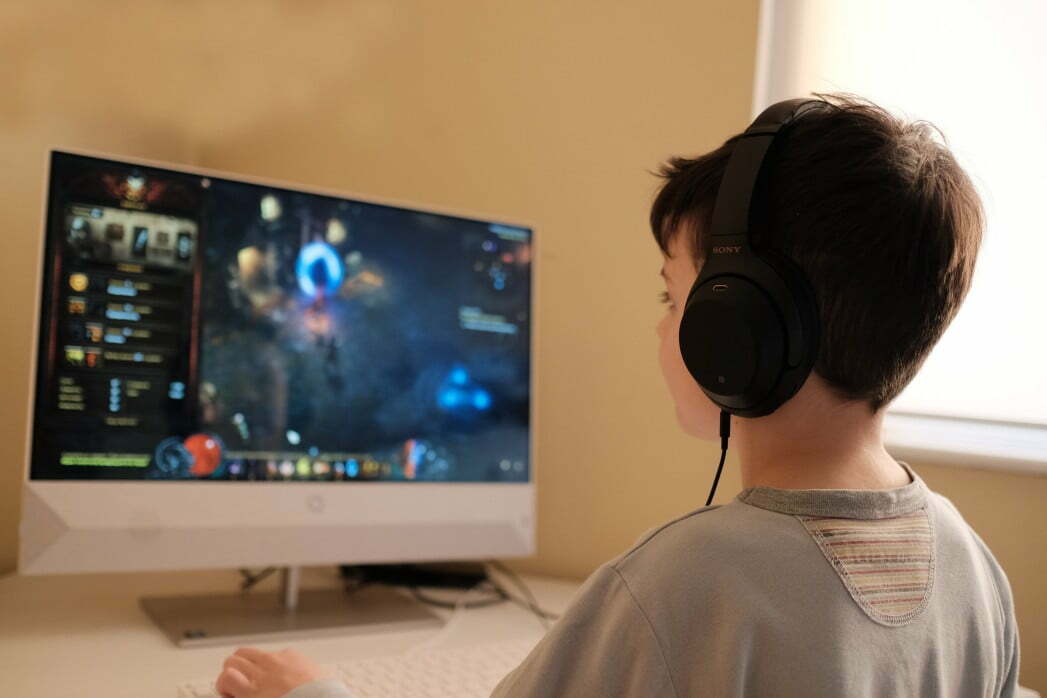
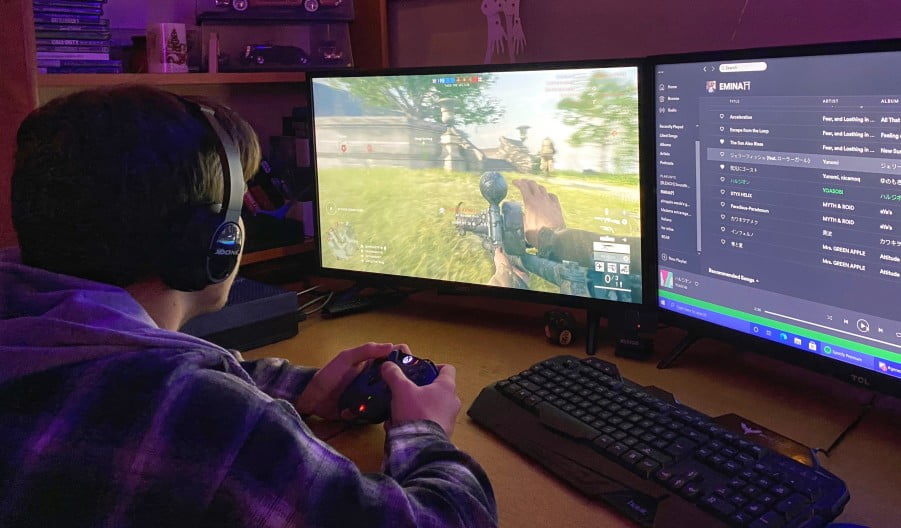
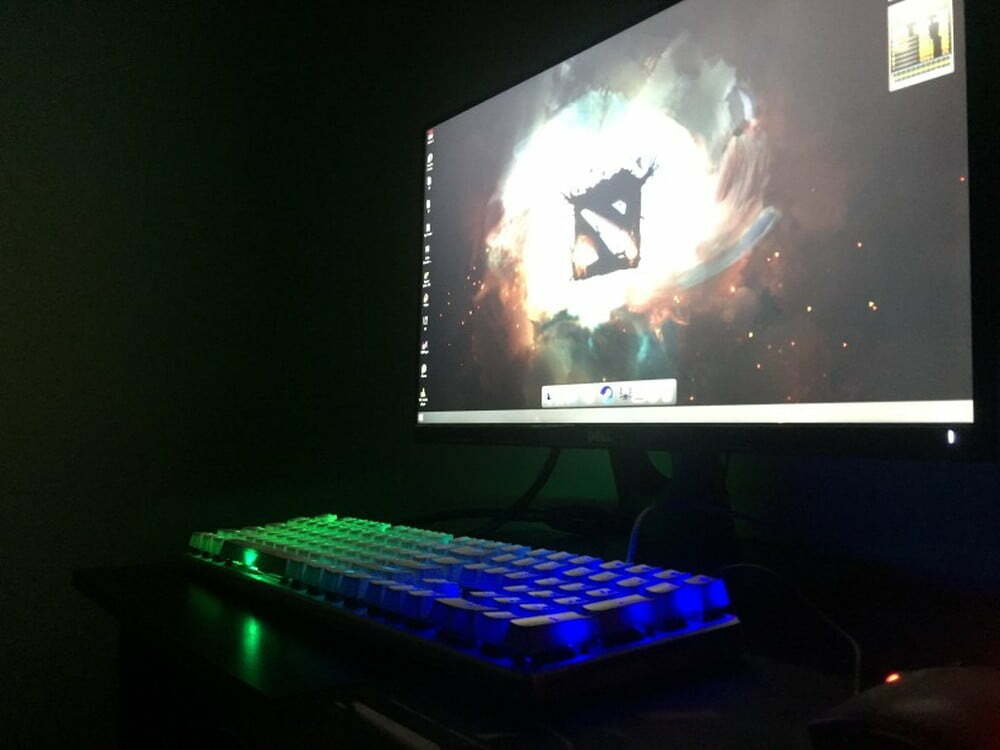

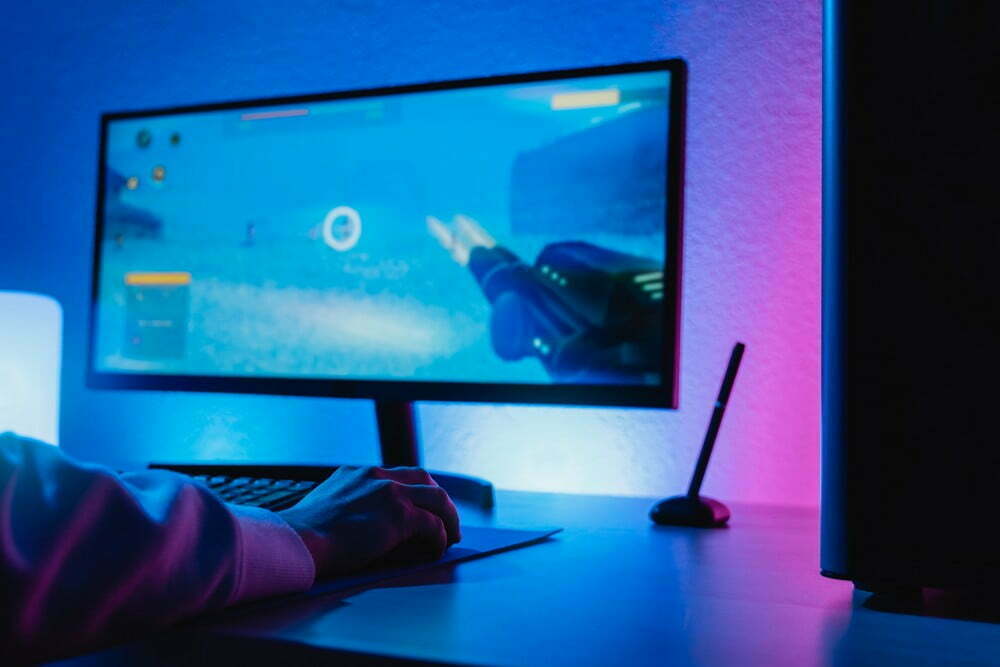
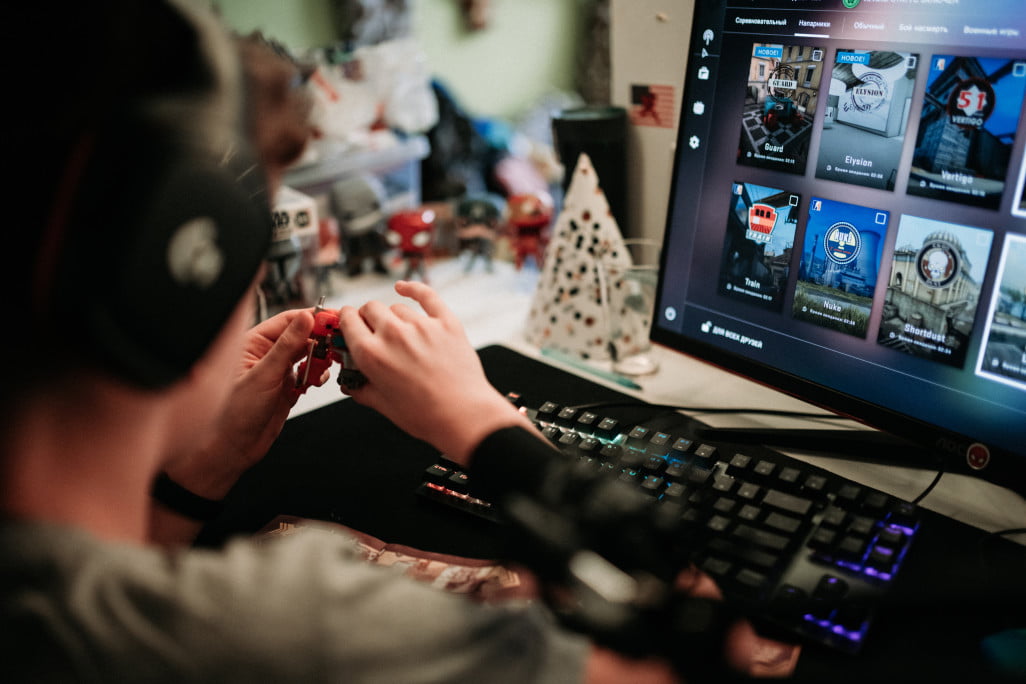
![Best 27 Inch Computer Monitor in [year] 27 Best 27 Inch Computer Monitor in 2026](https://www.gadgetreview.dev/wp-content/uploads/how-to-buy-the-best-computer-monitor.jpg)
![Best BenQ Monitors in [year] 28 Best BenQ Monitors in 2026](https://www.gadgetreview.dev/wp-content/uploads/best-benq-monitor-image.jpg)
![Best ASUS Monitors in [year] 29 Best ASUS Monitors in 2026](https://www.gadgetreview.dev/wp-content/uploads/best-asus-monitor-image.jpg)
![Best Dell Monitors in [year] 30 Best Dell Monitors in 2026](https://www.gadgetreview.dev/wp-content/uploads/best-dell-monitor-image.jpg)
![Best HP Monitors in [year] 31 Best HP Monitors in 2026](https://www.gadgetreview.dev/wp-content/uploads/best-hp-monitor-image.jpg)
![Best Lenovo Monitors in [year] 32 Best Lenovo Monitors in 2026](https://www.gadgetreview.dev/wp-content/uploads/best-lenovo-monitor-image.jpg)
![Best ViewSonic Monitors in [year] 33 Best ViewSonic Monitors in 2026](https://www.gadgetreview.dev/wp-content/uploads/best-viewsonic-monitor-image.jpg)
![Best Gigabyte Monitors in [year] 34 Best Gigabyte Monitors in 2026](https://www.gadgetreview.dev/wp-content/uploads/best-gigabyte-monitor-image.jpg)
![Best Monitors for PS4 Pro Gaming in [year] 35 Best Monitors for PS4 Pro Gaming in 2026](https://www.gadgetreview.dev/wp-content/uploads/best-monitors-for-ps4-pro-image.jpg)
![Best Monitor for Xbox Series X in [year] 36 Best Monitor for Xbox Series X in 2026](https://www.gadgetreview.dev/wp-content/uploads/best-monitor-for-xbox-series-x-image.jpg)
![Best Acer Monitors in [year] 37 Best Acer Monitors in 2026](https://www.gadgetreview.dev/wp-content/uploads/best-acer-monitor-image.jpg)
![Best MSI Monitors in [year] 38 Best MSI Monitors in 2026](https://www.gadgetreview.dev/wp-content/uploads/best-msi-monitor-image.jpg)
![Best SAMSUNG Monitors in [year] 39 Best SAMSUNG Monitors in 2026](https://www.gadgetreview.dev/wp-content/uploads/best-samsung-monitor-image.jpg)
![Best LG Monitors in [year] 40 Best LG Monitors in 2026](https://www.gadgetreview.dev/wp-content/uploads/best-lg-monitor-image.jpg)
![Best AOC Monitors in [year] 41 Best AOC Monitors in 2026](https://www.gadgetreview.dev/wp-content/uploads/best-aoc-monitor-image.jpg)
![Best Philips Monitors in [year] 42 Best Philips Monitors in 2026](https://www.gadgetreview.dev/wp-content/uploads/best-philips-monitors-image.jpg)
![Best Monitors For PUBG in [year] 43 Best Monitors For PUBG in 2026](https://www.gadgetreview.dev/wp-content/uploads/best-monitor-for-pubg-image.jpg)
![Best Stream Decks in [year] 44 Best Stream Decks in 2026](https://www.gadgetreview.dev/wp-content/uploads/best-stream-deck-image.jpg)
![Best Monitors for Streaming in [year] 45 Best Monitors for Streaming in 2026](https://www.gadgetreview.dev/wp-content/uploads/best-monitor-for-streaming-image.jpg)
![Best Monitors For Flight Simulator in [year] 46 Best Monitors For Flight Simulator in 2026](https://www.gadgetreview.dev/wp-content/uploads/best-monitor-for-flight-simulator-image.jpg)













